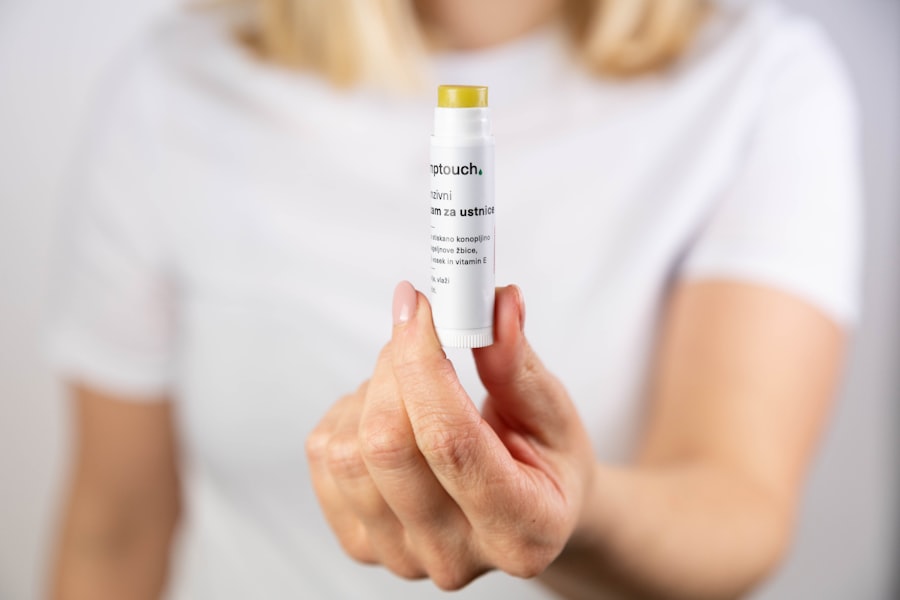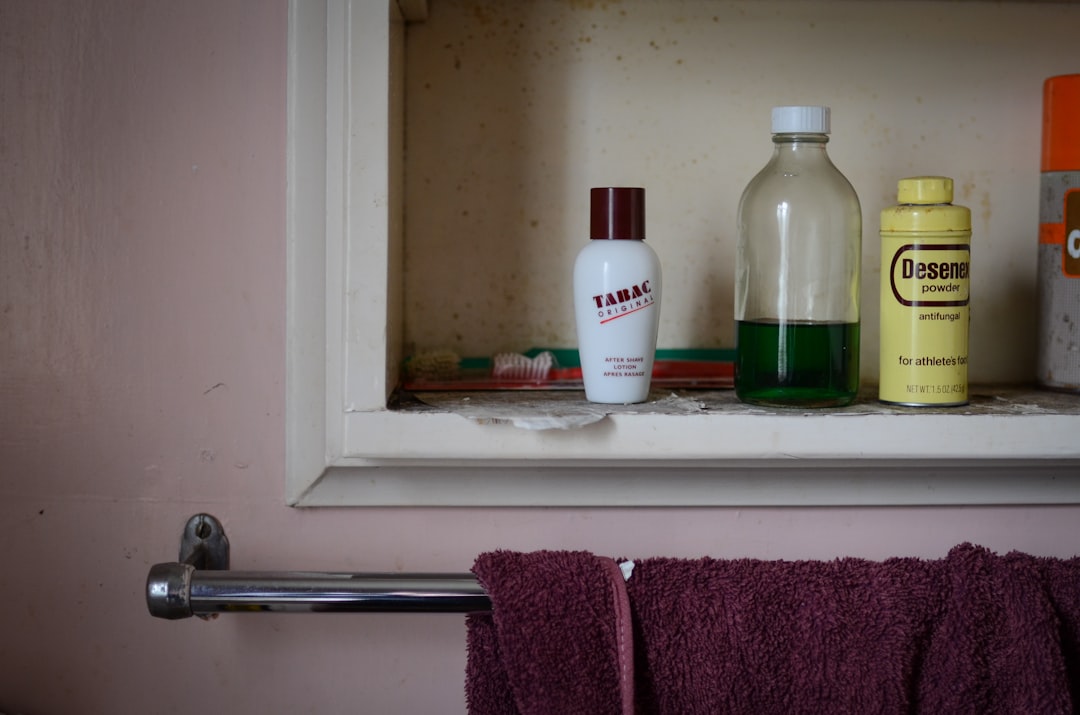When it comes to skincare, especially after undergoing laser treatments, the significance of proper aftercare cannot be overstated. You may find that your skin is more sensitive and vulnerable following such procedures, making it essential to adopt a meticulous aftercare routine. This is not just about maintaining the results of the treatment; it’s also about ensuring your skin heals properly and remains healthy.
Neglecting aftercare can lead to complications such as irritation, infection, or even scarring, which can be counterproductive to the goals you set out to achieve with the laser treatment. Proper aftercare serves as a protective barrier for your skin, allowing it to recover while minimizing discomfort. You might be tempted to skip certain steps in your routine due to time constraints or a lack of understanding, but each element plays a crucial role in your skin’s recovery process.
By prioritizing aftercare, you are investing in the long-term health and appearance of your skin. This commitment not only enhances the effectiveness of the laser treatment but also fosters a sense of confidence in your skin’s appearance as it heals and rejuvenates.
Key Takeaways
- Proper aftercare is crucial for maintaining the results of laser hair removal and preventing complications.
- Choosing the right shaving tools, such as a sharp, clean razor and shaving cream, can help minimize irritation and ingrown hairs.
- Preparing the skin for shaving by exfoliating and moisturizing can help achieve a smoother shave and reduce the risk of irritation.
- When shaving laser-treated skin, using gentle, light pressure and shaving in the direction of hair growth can help prevent irritation and damage to the skin.
- Following a post-shave skincare routine that includes moisturizing and applying soothing products can help calm the skin and reduce redness and irritation.
Choosing the Right Shaving Tools
Choose a High-Quality Razor
Opting for a high-quality razor with multiple blades can help ensure a smoother shave while reducing the risk of nicks and cuts.
Consider Sensitive Skin Razors
Consider using a razor designed specifically for sensitive skin, as these often come equipped with features that minimize irritation.
Select Gentle Shaving Creams and Gels
In addition to the razor itself, the shaving cream or gel you choose can significantly impact your experience. Look for products that are free from harsh chemicals and fragrances, as these can exacerbate sensitivity. Instead, opt for soothing formulas that contain natural ingredients like aloe vera or chamomile. These ingredients not only provide lubrication for a smoother shave but also help calm and nourish your skin. By carefully selecting your shaving tools, you set the stage for a more comfortable and effective shaving experience.
Preparing the Skin for Shaving

Before you even think about picking up a razor, preparing your skin is an essential step that should never be overlooked. Start by cleansing your skin thoroughly to remove any dirt, oil, or impurities that may have accumulated. This step is crucial because it helps prevent clogged pores and reduces the risk of irritation during shaving.
You might find that using a gentle exfoliating scrub can further enhance this process by sloughing off dead skin cells, allowing for a closer and more effective shave. Once your skin is clean, it’s time to hydrate it. Applying a warm compress or taking a warm shower can help open up your pores and soften the hair follicles, making them easier to shave.
This preparation not only makes the shaving process smoother but also minimizes discomfort. Afterward, apply a generous amount of shaving cream or gel to create a protective barrier between your skin and the razor. This step is vital in ensuring that your skin remains moisturized throughout the shaving process, reducing the likelihood of irritation and promoting a more pleasant experience.
Shaving Techniques for Laser-Treated Skin
| Shaving Technique | Effectiveness | Precautions |
|---|---|---|
| Use a sharp, clean razor | High | Avoid using dull blades to prevent irritation |
| Shave in the direction of hair growth | High | Minimize the risk of ingrown hairs |
| Apply gentle pressure | High | Avoid pressing too hard to prevent irritation |
| Use a moisturizing shaving cream | High | Helps to protect and hydrate the skin |
When it comes to shaving laser-treated skin, adopting the right techniques is crucial for achieving optimal results while minimizing discomfort. You may want to start by using light pressure when gliding the razor over your skin. Applying too much force can lead to irritation or even cuts, especially on sensitive areas.
Instead, let the weight of the razor do most of the work while maintaining a steady hand. Shaving in the direction of hair growth can also help reduce irritation and ingrown hairs, which are common concerns after laser treatments. Another effective technique is to shave in small sections rather than attempting to cover large areas at once.
This approach allows you to focus on each part of your skin more carefully, ensuring that you don’t miss any spots while also giving you better control over the razor. If you notice any areas that require additional attention, feel free to reapply shaving cream before going over them again. Remember that patience is key; rushing through the process can lead to mistakes that may compromise your skin’s health.
Post-Shave Skincare Routine
After you’ve completed your shave, it’s essential to follow up with a robust post-shave skincare routine to soothe and protect your skin. Start by rinsing your face with cool water to close the pores and reduce any potential redness or irritation. Pat your skin dry with a clean towel—avoid rubbing, as this can exacerbate sensitivity.
Once your skin is dry, consider applying an alcohol-free toner to help balance your skin’s pH levels and prepare it for further treatment. Next, moisturizing is crucial in this phase of your routine.
These components will help replenish moisture lost during shaving while calming any inflammation that may have occurred. If you’re particularly prone to irritation, consider using an aftershave balm designed for sensitive skin; these products often contain anti-inflammatory properties that can provide immediate relief. By taking these steps post-shave, you’ll be setting yourself up for healthier skin in the long run.
Avoiding Common Mistakes
As you navigate through your shaving routine post-laser treatment, being aware of common mistakes can save you from unnecessary discomfort and complications. One prevalent error is using dull razors; they can tug at hair rather than cutting it cleanly, leading to irritation and potential cuts. Make it a habit to replace your razor blades regularly or invest in disposable razors if you prefer convenience.
A sharp blade will glide smoothly over your skin, providing a more comfortable experience. Another mistake many make is skipping essential pre-shave preparations or post-shave care. Rushing through these steps can lead to adverse effects on your skin’s health and appearance.
Always take the time to cleanse and hydrate before shaving and follow up with appropriate skincare afterward. Additionally, avoid using products with alcohol or strong fragrances immediately after shaving; these can irritate freshly shaved skin and lead to discomfort. By being mindful of these common pitfalls, you’ll enhance your overall shaving experience and promote healthier skin.
Managing Irritation and Redness
Even with the best techniques and products, you may still experience some level of irritation or redness after shaving laser-treated skin.
One immediate step you can take is applying a cold compress or ice pack wrapped in a cloth to the affected area for about 10-15 minutes.
This can help reduce swelling and soothe irritated skin almost instantly. In addition to cold therapy, consider incorporating anti-inflammatory products into your skincare routine. Look for creams or gels containing ingredients like aloe vera or calendula; these natural remedies are known for their soothing properties and can provide relief from redness and discomfort.
If irritation persists or worsens, don’t hesitate to consult with a dermatologist who can recommend appropriate treatments tailored specifically for your needs.
Long-term Maintenance and Follow-up
Long-term maintenance is essential for ensuring that your skin remains healthy and vibrant after laser treatments and regular shaving sessions. Establishing a consistent skincare routine will help keep your skin nourished and protected from environmental stressors that could lead to premature aging or irritation. Incorporate products rich in antioxidants and hydrating agents into your daily regimen; these will work together to maintain your skin’s elasticity and overall appearance.
Regular follow-ups with your dermatologist are also crucial in this journey toward optimal skin health. They can provide valuable insights into how well your skin is responding to treatments and suggest adjustments as needed based on its condition over time. Whether it’s recommending new products or suggesting additional treatments, having professional guidance will empower you to make informed decisions about your skincare journey.
By committing to long-term maintenance and professional follow-up, you’ll be well on your way to achieving radiant and healthy skin for years to come.
After undergoing laser hair removal, proper aftercare is essential to ensure the best results. One important aspect of aftercare is shaving the treated area. To learn more about the best practices for shaving after laser hair removal, check out this informative article on inlaserhairremoval.com. This article provides valuable tips and advice on how to properly shave after laser hair removal to maintain smooth and hair-free skin. Remember, following the right aftercare routine is crucial for achieving long-lasting results from your laser hair removal treatment.
FAQs
What is laser hair removal aftercare shaving?
Laser hair removal aftercare shaving refers to the process of shaving the treated area after a laser hair removal session to help maintain the results and prevent any potential irritation or ingrown hairs.
Why is shaving important after laser hair removal?
Shaving after laser hair removal helps to remove any remaining hair in the treated area, allowing the laser to target the hair follicles more effectively during subsequent sessions. It also helps to prevent ingrown hairs and irritation.
When should I start shaving after laser hair removal?
It is recommended to wait at least 24-48 hours after a laser hair removal session before shaving the treated area. This allows the skin to recover from the treatment and reduces the risk of irritation.
What type of razor should I use for shaving after laser hair removal?
It is best to use a clean, sharp razor with multiple blades to ensure a close and smooth shave. Avoid using dull or old razors, as they can cause irritation and ingrown hairs.
Are there any specific shaving techniques to follow after laser hair removal?
When shaving after laser hair removal, it is important to shave in the direction of hair growth to minimize irritation and ingrown hairs. It is also recommended to use a gentle touch and avoid pressing too hard on the skin.
Are there any products I should avoid using after shaving following laser hair removal?
After shaving following laser hair removal, it is best to avoid using any harsh exfoliants, alcohol-based products, or fragranced lotions on the treated area, as they can cause irritation. Stick to gentle, non-irritating products to soothe the skin.





